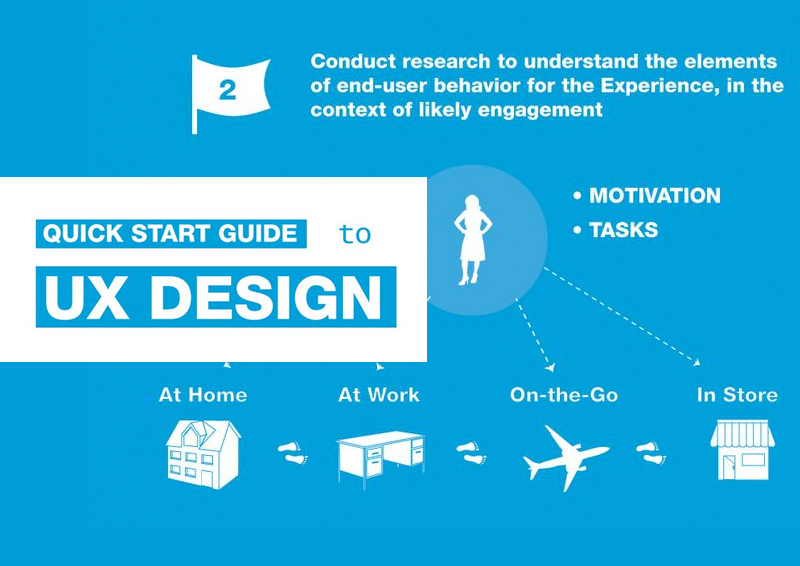Prepare Yourself To Journey With Time And Uncover Just How Websites Have Actually Become Much More Advanced, Straightforward, And Aesthetically Sensational
Prepare Yourself To Journey With Time And Uncover Just How Websites Have Actually Become Much More Advanced, Straightforward, And Aesthetically Sensational
Blog Article
Team Writer-Tobiasen Hyldgaard
In the past, web sites were basic and focused on details. Navigation was straight, and layout was for desktops. Now, customer experience is essential. Data overviews styles for simple navigating. Responsive formats fit different devices. Today, dark setting minimizes strain, and minimal food selections improve navigation. Interactive functions involve users, and bold visuals stand apart. AI integration increases engagement. See exactly how design has developed to boost your on-line trip.
Early Days of Web Design
In the very early days of web design, simplicity preponderated. Internet sites were fundamental, with minimal colors, font styles, and designs. The focus was on providing details rather than flashy visuals. Customers accessed the web with slow dial-up links, so speed and performance were essential.
Navigating food selections were straightforward, normally situated on top or side of the page. Web sites were created for desktop computers, as mobile surfing had not been yet widespread. Material was king, and designers prioritized simple readability over complicated style components.
HTML was the main coding language made use of, and designers had to work within its constraints. https://sbnonline.com/article/5-tips-to-keep-your-marketing-strategy-moving-forward-in-todays-new-normal/ and interactive attributes were minimal contrasted to today's requirements. Web sites were static, with little vibrant material or personalized customer experiences.
Rise of User-Focused Layout
With the advancement of website style, a change towards user-focused layout principles has actually ended up being significantly noticeable. Today, developing sites that prioritize user experience is critical for engaging site visitors and attaining business goals. User-focused layout includes recognizing the requirements, preferences, and actions of your target audience to customize the internet site's format, web content, and includes as necessary.
Designers now conduct complete study, such as user surveys and functionality screening, to gather insights and responses directly from individuals. This data-driven strategy helps in developing intuitive navigating, clear calls-to-action, and visually appealing user interfaces that resonate with visitors. By putting the individual at the facility of the design process, websites can provide an extra individualized and delightful experience.
Responsive design has likewise become a vital element of user-focused layout, ensuring that websites are optimized for various tools and screen dimensions. This versatility improves availability and functionality, satisfying the varied ways customers communicate with internet sites today. Basically, the surge of user-focused design signifies a change in the direction of developing electronic experiences that prioritize the needs and expectations of the end user.
Modern Trends in Web Design
Discover the most recent fads forming website design today. One noticeable pattern is dark mode layout, using a streamlined and contemporary appearance while decreasing eye strain in low-light settings. An additional essential pattern is minimal navigating, streamlining food selections and enhancing individual experience by concentrating on essential elements. Including micro-interactions, such as computer animated buttons or scrolling impacts, can develop a much more engaging and interactive internet site. Responsive style remains critical, making certain seamless customer experiences throughout different tools. Additionally, using strong typography and asymmetrical formats can add aesthetic interest and accentuate details content.
Incorporating AI innovation, like chatbots for consumer support or personalized referrals, boosts individual involvement and simplifies procedures. Availability has likewise become a substantial trend, with designers focusing on comprehensive design techniques to satisfy varied individual demands. Accepting sustainability by optimizing internet site efficiency for rate and efficiency is an additional emerging trend in website design. Working together with individual comments and information analytics to repeat and enhance style constantly is crucial for remaining appropriate in the ever-evolving electronic landscape. By accepting these modern-day fads, you can develop a visually appealing, easy to use site that resonates with your target market.
Conclusion
As you review the advancement of website layout from the early days to currently, you can see how user-focused design has become the driving force behind modern patterns.
Accept the journey of adjustment and adaptation in web design, always keeping the customer experience at the forefront.
Tippingpointdigital
Remain existing with the latest fads and modern technologies, and never ever quit progressing your technique to develop aesthetically magnificent and user-friendly web sites.
Evolve, adapt, and create - the future of website design remains in your hands.
